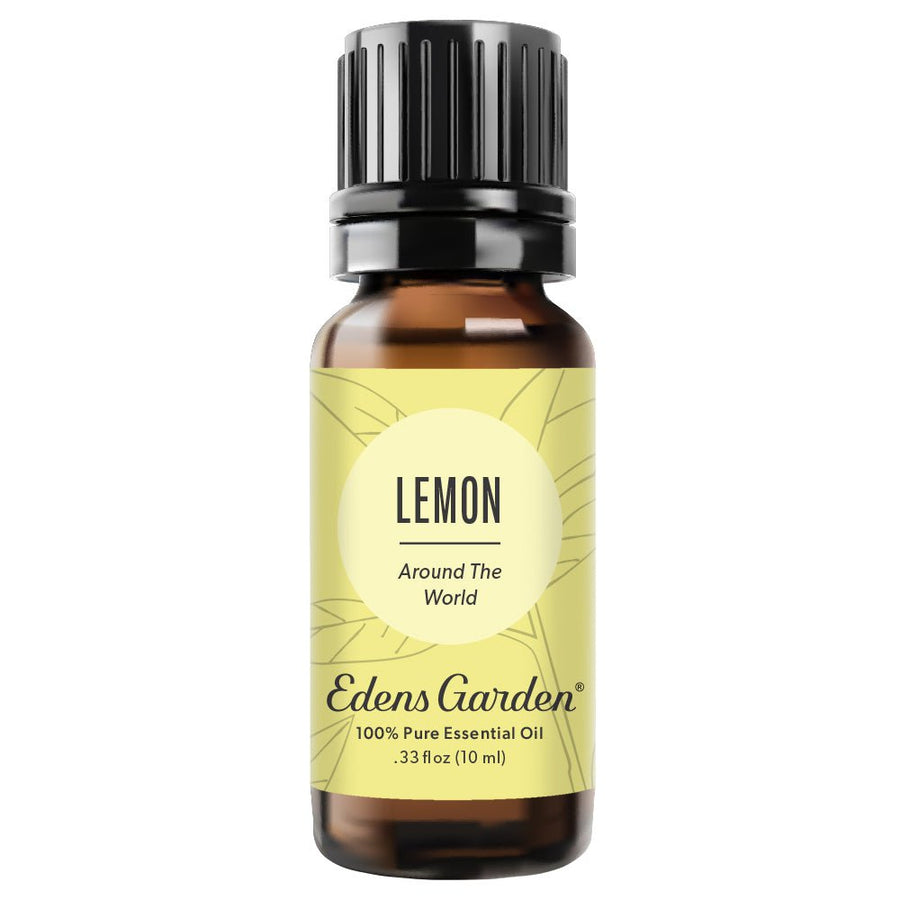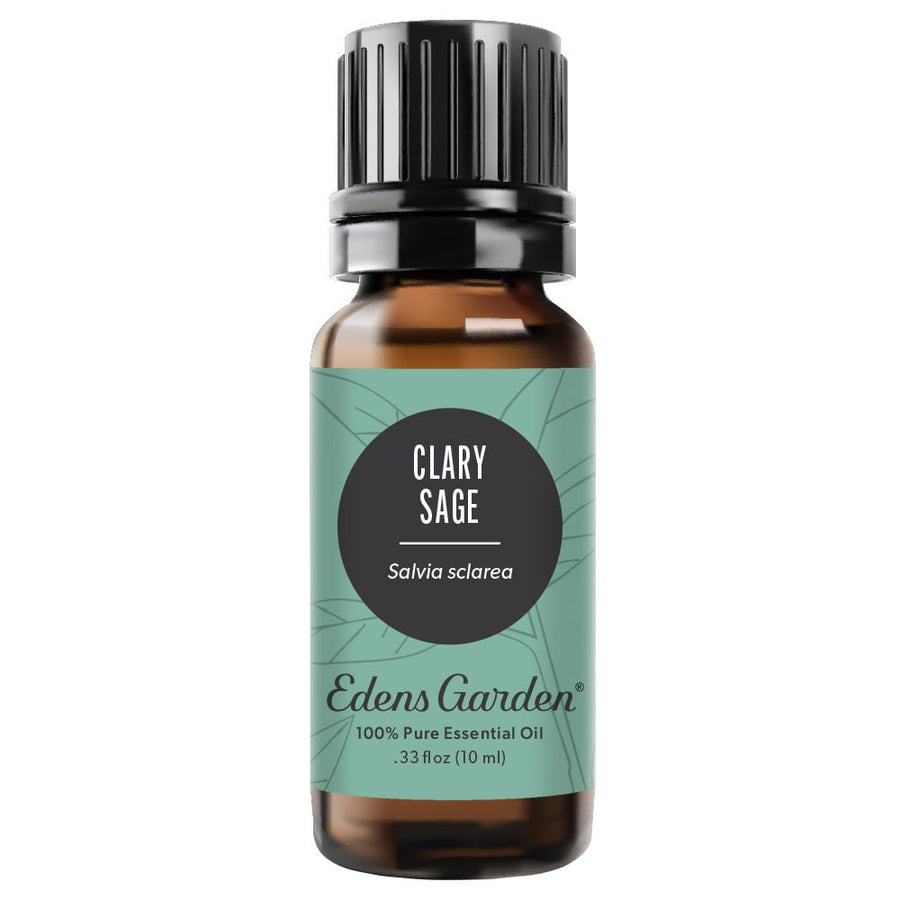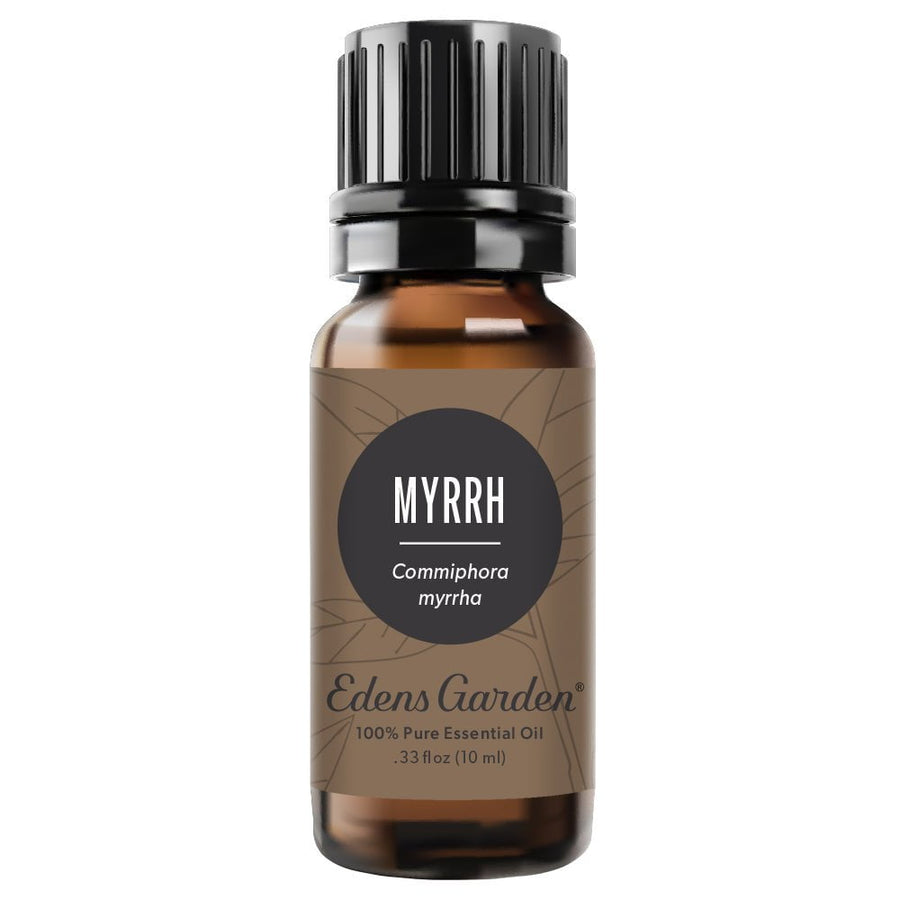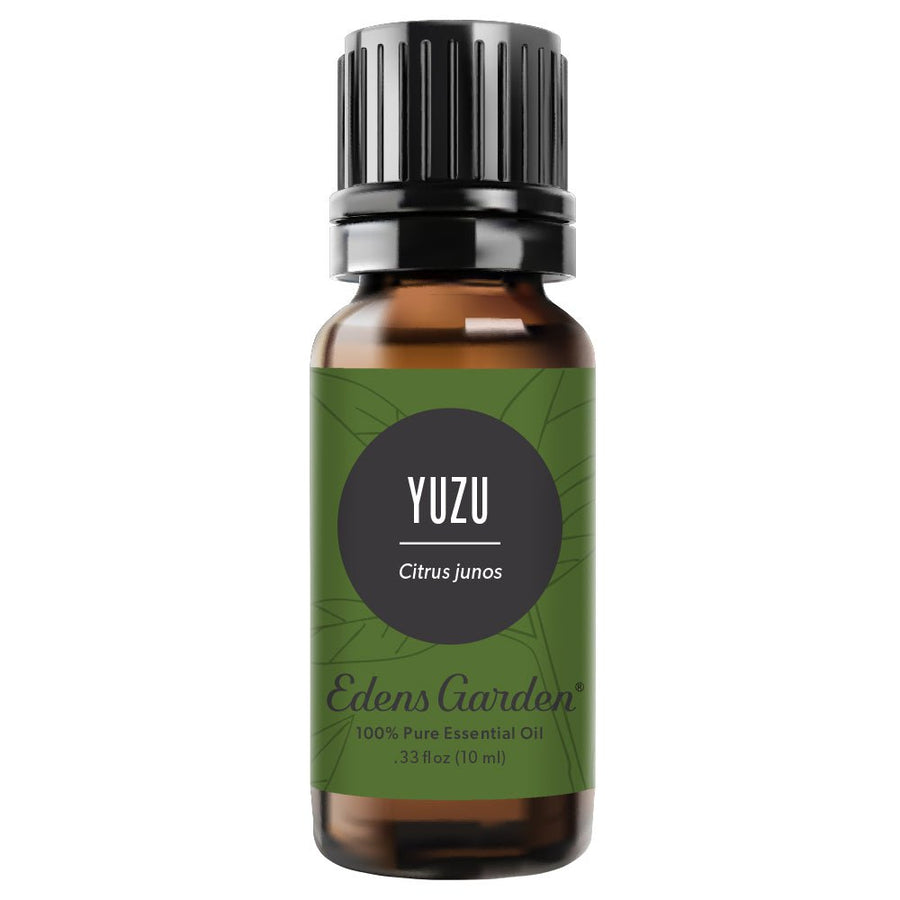How to Blend Essential Oils Aromatically and Therapeutically

It’s been said that you don’t really know someone until you’ve seen how they act in a group, and the same can be said about essential oils. As we combine essential oils and observe how they interact with each other, we learn more about the individual nature of the oils. We also learn which oils get along, and which don’t.
And because blending is an opportunity to learn more about essential oils, we encourage everyone to practice the art of blending. If you’ve never tried and don’t know where to start, we’ve come up with some helpful tips on two of the most popular ways to blend. So break out your oils and let’s get started!
How To Blend Essential Oils Aromatically and Therapeutically
Two primary aspects of blending essential oils are aromatically and therapeutically. The purpose of aromatic blending is to create a blend that has an enjoyable aroma – one you might diffuse in your home to create a welcoming atmosphere or one you might wear as a personal aroma. Creating a therapeutic blend means creating a blend that promotes wellness (i.e. pain-relief, inflammation, sleep, headaches, mood, skincare).
It’s also possible to create an essential oil blend that does both – has a wonderful aroma and promotes wellness. Read on to find out more.
Aromatic Blending
Typically, we blend according to aroma when we’re making a natural perfume or home aroma, but if you don’t have experience in perfumery, how do you make something that smells good? Let's start with balancing the aroma. All oils have a top, middle or base note, and sometimes they have a note somewhere in between.
Top Notes: An oil that has a top note generally evaporates quickly, and has a light, crisp, and airy aroma. This is because they are often made up of highly-volatile natural constituents such as limonene. A classic example of top notes are citrus oils, like Lemon oil.
Middle Notes: Oils with a middle note are classified as having soft, rounded aromas that linger longer than top notes but not as long as base notes. Middle notes are also called “heart notes” and usually make up a majority of the blend. Examples of middle notes include oils like Clary Sage and Lavender essential oil.
Base Notes: These oils tend to linger because they’re naturally composed of heavier molecules. Base notes have rich, grounding and deep aromas that anchor the blend. For example, Sandalwood, Myrrh and Frankincense oil are all base notes.
If you’re not familiar with the Details section on our single oil product pages, now’s the time to introduce yourself. You’ll find what note an oil has, next to “Note.” You’ll also find which oils blend well together. If you’re working with a group of oils, classify and separate those oils by note. This will make the process a lot easier.
The key to making a great aromatic essential blend is by balancing these notes. Generally, middle notes make up about 50% of the blend, top notes make up about 30% of the blend, and base notes make up about 20%.[1] This isn’t a precise formulation, so don’t worry about being exact. Here’s an example of a balanced blend:
4 drops Orange-Sweet (Top Note)
15 drops Lavender (Middle Note)
1 drop Patchouli (Base Note)
You’ll also want to consider which aromas work well together. According to Aromaweb, aroma categories that generally blend well together are as follows:
- Citrusy: Floral, Spicy, Minty, Earthy
- Lemon, Sweet Orange, Lime, Yuzu
- Earthy/Woody: All categories
- Sandalwood, Buddha Wood, Oud, Patchouli
- Floral: Citrusy, Spicy, Earthy
- Lavender, Ylang Ylang, Magnolia, Rose
- Herbaceous: Minty, Earthy
- Thyme, Basil, Oregano, Tea Tree
- Minty/Medicinal: Citrusy, Earthy, Herbaceous
- Eucalyptus, Peppermint, Spearmint, Camphor
- Spicy: Citrusy, Floral
- Cinnamon- Bark, Ocotea, Nutmeg, Allspice
Note that there are exceptions to these guidelines and we encourage you to blend outside the box if you feel inclined.
When starting off, we also recommend blending drop-by-drop (one drop of each oil you plan to put in your blend). This allows for flexibility when blending, meaning you can adjust the blend as you go.[2] You’ll also quickly be able to identify which oils blend well together and which do not with this method.
Therapeutic Blending
At Edens Garden, we offer dozens of essential oil blends for different needs and therapeutic uses. But what if we don’t have the blend you need? That’s when we break out the oils and get blending!
When it comes to creating a therapeutic blend, there are two principles to always keep in mind – safety and purpose.
Safety
Our first concern when creating a therapeutic blend should be safety. There are many different factors that play into the way people are affected by essential oils, such as age, medications, allergies, etc. Keep these factors in mind as you research the oils you plan to use in your blend.
A book we often recommend as a good resource for in-depth aromatherapy safety information is Essential Oil Safety Second Edition by Robert Tisserand and Rodney Young.
Purpose
What are you addressing by creating this blend? This will help guide your research and blending.
A book we recommend for researching the therapeutic properties and common uses of essential oils is Aromatherapy A Complete Guide to the Healing Art by Mindy Green and Kathi Keville. There is also a plethora of information you can find about essential oils’ uses and benefits on our blog or by using our handy “Shop by Use” tool.
Research
Once you have addressed these two principles comes the fun part – researching essential oils. This is also a good time to take your knowledge of essential oils and put it into practice. In your research, you will want to find oils whose therapeutic properties will aid the need you are addressing, as well as oils that are safe for the user.
After you’ve crafted your blend, you’ll want to test your blend and observe its effects for a certain period of time. One to two weeks is generally the minimum amount of time you’ll want to test your blend to find out if it works for you. If the results aren’t quite up to par with your expectation, you can adjust your blend and test it again.
Keep a blending notebook and record the quantities of oils in your blend along with your observations (how oils smell together, how the blend makes you feel, how the blend changes after different periods of time, etc.). Becoming good at blending may take time and you can only get better as you practice, so enjoy the process as you go and have fun!
SOURCES:
- Aromatic Blending of Essential Oils. https://www.aromaweb.com/articles/aromaticblending.asp
- Should You Blend Essential Oils by Drop Count or Weight? https://www.aromahead.com/blog/should-you-blend-essential-oils-by-drop-count-or-weight
Grab The Essentials Here:
Leave a comment (Comments will be approved before showing up)
13 comments
Edens Garden
Hi Nelly! We do not offer a training course but all of our aromatherapists were trained through the Aromahead Institute. They offer online go-at-your-own-pace courses. We highly recommend this course if you’re looking to gain a greater understanding of aromatherapy!
Nelly
Hello,
Do you offer a training course for aromatherapy in a Nursing home setting? I currently use oil on the residents but in order to diffuse the oils i need a training course. And i use these oils, so would be great to have the training from Edens Garden. Thank you
Edens Garden
Hi Marlene! We’re glad to have you join the EG family! Please reach out to us if you have any questions 😊
Marlene Lenz
Thank you Bella,
I am enjoying the EG website and find something new each time I visit.
I have stated my notebook /logbook and have many helpful hints to get me started.
My first order should arrive in a few days…. looking forward to getting busy.
Edens Garden
Hi Anne! We don’t have a comprehensive guide that covers blending for skincare but you can find information about essential oils formulas for skincare across our blog. Here are a few:
https://www.edensgarden.com/blogs/news/this-or-that-essential-oil-blends-for-skincare
https://www.edensgarden.com/blogs/news/diy-essential-oil-vitamin-c-serum
https://www.edensgarden.com/blogs/news/best-carrier-oils-for-sensitive-acne-prone-skin
Anne Ezenwafor
Thank you for the blending guide. Do you have a guide for blending for skincare?
Edens Garden
Hi Sheri! You can learn more about essential oils and dog safety here: https://www.edensgarden.com/blogs/news/aaa-which-essential-oils-are-safe-for-dogs
Sheri
Are these oils ok to use on dogs if so what ones and if there are ones you shouldn’t use can you tell me which ones thank you 😊
Edens Garden
Hi Kathy! You can discover a variety of uses for your essential oils and how to use them, here: https://indd.adobe.com/view/54ed1388-f54c-410f-8d3a-68d2abfa1a63
Kathy
I am new to using any oils. A pamphlet or brochure would be helpful with the Aches and Pains set I ordered.
Edens Garden
Hi Debby! Thank you for your feedback. We do offer a 30 day return policy if you’re ever unsatisfied with a product. Please contact our customer care team to initiate a return: https://www.edensgarden.com/pages/contact-us
Debby Brown
First time I’ve ordered from you. I love essential oils. I’ve only tried the Vanilla and I can’t even smell it at all. I’m disappointed, hoping the others I bought smell good. I put it in my diffuser and went back in the room thinking it would smell like vanilla but couldn’t smell anything. For the price I won’t order again.










DMarie
November 27, 2023 at 11:29 am
This article was received at the right time as I’m interested in learning to blend scents.👌 I will look over my inventory and see what happens. 😊